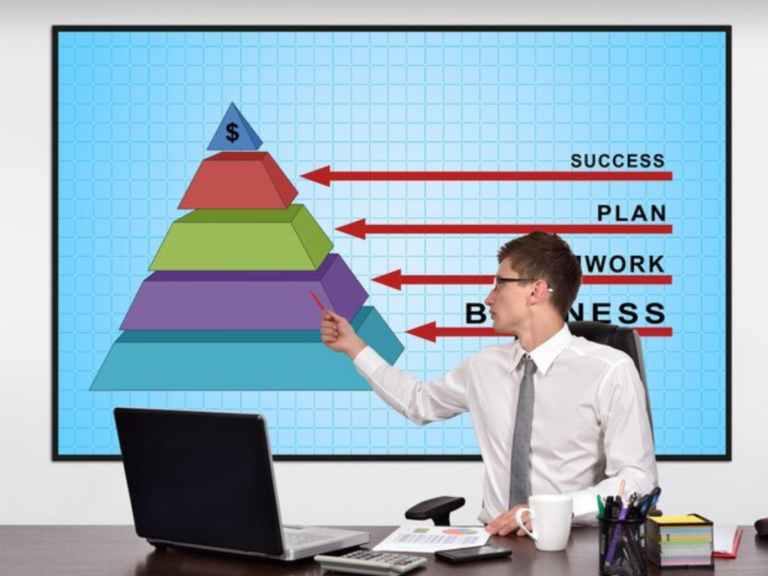Navigating Success: Unveiling the 7 Stages of the Sales Funnel and Proven Strategies

Introduction:
In the intricate dance of turning potential customers into loyal advocates, the sales funnel emerges as the guiding choreographer. Comprising seven distinct stages, this strategic framework delineates the path a prospect takes from initial awareness to becoming a satisfied customer. In this article, we’ll delve into each of the seven stages of the sales funnel and unveil effective strategies to optimize conversion rates and foster lasting customer relationships.
- Awareness Stage: Catching the Spotlight
- Objective: Create brand recognition and capture the attention of potential customers.
- Strategies:
Engage in robust content marketing to showcase your brand’s personality and expertise.
Leverage social media platforms to reach a broader audience.
Implement targeted online advertising campaigns to enhance visibility.
2 Interest Stage: Fueling the Curiosity
-
- Objective: Develop the prospect’s interest and encourage further exploration of your products or services.
- Strategies:
Provide valuable content through blogs, videos, and infographics.
Offer downloadable resources such as e-books or whitepapers in exchange for contact information.
Initiate personalized email campaigns to nurture leads.
3.Consideration Stage: Weighing the Options
-
- Objective: Help prospects evaluate your offerings and position your brand as a viable solution.
- Strategies:
Showcase product features and benefits through detailed content.
Provide comparison guides to highlight your competitive advantages.
Implement live chat or customer support to address queries promptly.
4. Intent Stage: Sealing the Decision
-
- Objective: Convert prospects into committed customers by showcasing the value of your product or service.
- Strategies:
Offer free trials, demos, or samples to allow hands-on experience.
Implement retargeting ads to stay top-of-mind as the prospect finalizes their decision.
Provide limited-time offers or exclusive discounts to incentivize action.
5. Purchase Stage: Closing the Deal
-
- Objective: Facilitate a seamless and straightforward purchasing process.
- Strategies:
Optimize your website for user-friendly navigation.
Streamline the checkout process and reduce friction points.
Implement secure payment options to build trust.
6.Post-Purchase Stage: Building Relationships
-
- Objective: Foster customer satisfaction, loyalty, and advocacy.
- Strategies:
Send personalized thank-you emails and post-purchase offers.
Request feedback through surveys to gather insights for improvement.
Establish a robust customer support system for prompt issue resolution.
7. Advocacy Stage: Turning Customers into Promoters
-
- Objective: Turn satisfied customers into brand advocates who recommend your products or services.
- Strategies:
Encourage customers to leave positive reviews and testimonials.
Launch a referral program offering incentives for customer referrals.
Engage with customers on social media and showcase user-generated content.
Conclusion:
The sales funnel is a dynamic framework that demands a strategic and customer-centric approach at each stage. By understanding the unique objectives and implementing targeted strategies, businesses can optimize their sales funnel, turning it into a powerful tool for sustained growth and customer loyalty. Whether it’s creating awareness, nurturing interest, or fostering advocacy, a well-designed and finely-tuned sales funnel is the key to navigating the complexities of the modern business landscape.
